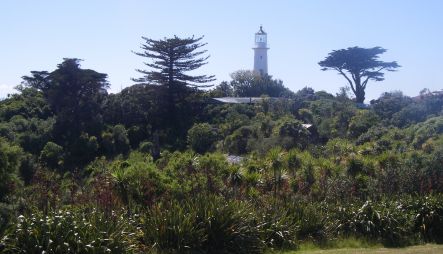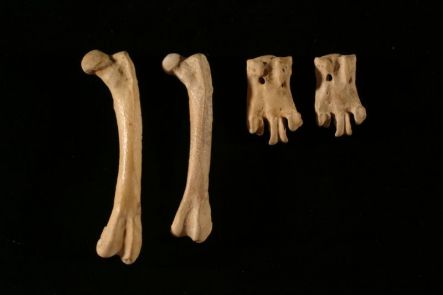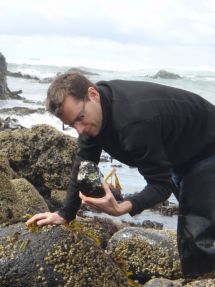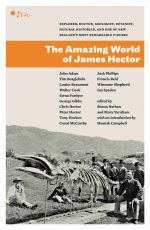Our Changing World for Thursday 27 November 2008
Tiritiri Matangi Island


The lighthouse on Tiritiri Matangi Island was built in 1864, and is one of the oldest lighthouses in the country. More than 300,000 native plants were planted on the island between 1984 and 1994.
On the left, presenter Alison Ballance meets Greg the takahe, one of a number of rare bird species that have been moved to the predator-free island.
Tiritiri Matangi Island, in Auckland's Hauraki Gulf, is a scientific reserve, an open sanctuary and one of New Zealand's great island restoration projects. In the first of a series of features from the island, Alison Ballance talks with Department of Conservation ranger David Jenkins and volunteer Val Smytheman, from the Supporters of Tiritiri Matangi, about the island's history and its restoration journey from farm to bush, and catches up with Mike Graham from the Ornithological Society of New Zealand during a regular bird monitoring trip. Over the next four weeks Our Changing World will feature more stories from Tiritiri Matangi: hihi monitoring, robin research, a kokako nest search and a walk in the dark in search of the island's night life.
Waitaha penguin

The newly identified Waitaha penguin joins hoiho in the genus Megadyptes. These pairs of bones show one of each species - the smaller bones belong to the Waitaha pengion, the larger one are hoiho.
 Yellow-eyed penguins, or hoiho, are unique to New Zealand, and thought to be the world's rarest penguin. They live along the south-east coast of the South Island, on islands off Stewart Island and on the subantarctic Campbell and Auckland islands. When a team of University of Otago biologists set out to investigate population changes of hoiho, they were surprised to find that the penguins are relative newcomers to the mainland. Analysing ancient DNA from bones previously thought to be hoiho bones, the team found the genetic code was different and that the bones belonged to a new species, identified as the Waitaha penguin. PhD student Sanne Boessenkool found that the now highly endangered yellow-eyed penguin colonised the South Island as recently as 500 years ago, filling the niche left after the demise of the Waitaha penguin. Evolutionary geneticist Jon Waters (pictured above, right) and conservation biologist Phil Seddon explain the findings.
Yellow-eyed penguins, or hoiho, are unique to New Zealand, and thought to be the world's rarest penguin. They live along the south-east coast of the South Island, on islands off Stewart Island and on the subantarctic Campbell and Auckland islands. When a team of University of Otago biologists set out to investigate population changes of hoiho, they were surprised to find that the penguins are relative newcomers to the mainland. Analysing ancient DNA from bones previously thought to be hoiho bones, the team found the genetic code was different and that the bones belonged to a new species, identified as the Waitaha penguin. PhD student Sanne Boessenkool found that the now highly endangered yellow-eyed penguin colonised the South Island as recently as 500 years ago, filling the niche left after the demise of the Waitaha penguin. Evolutionary geneticist Jon Waters (pictured above, right) and conservation biologist Phil Seddon explain the findings.
The Amazing World of James Hector

Sir James Hector was one of the most influential men in New Zealand science. He was a geologist, explorer, botanist and tireless scientific administrator. By the age of 34 he had founded all of New Zealand's major scientific institutions, including what are now known as The Museum of New Zealand Te Papa Tongarewa, and the Royal Society of New Zealand. His achievements are celebrated in a new book published by Awa Press: The Amazing World of James Hector, and contributors Simon Nathan and Hamish Campbell talk about his life in science.
The Polynesian iconoclasm
Victoria University anthropologist Jeff Sissons has long been fascinated by what he calls the Polynesian Iconoclasm - the dramatic events that led to the destruction of marae and temples throughout eastern Polynesia during the first half of the 19th century. The simple explanation for the destruction is that the islanders had converted to Christianity, and that this marked the beginning of the Christianisation of the Pacific. But in some islands, including Hawaii and Tahiti, the obliteration of places of worship happened before the arrival of Christian missionaries. Jeff Sissons believes the answer is more complex and that local politics, internal conflict and trade relations between islands all contributed to the historic events.